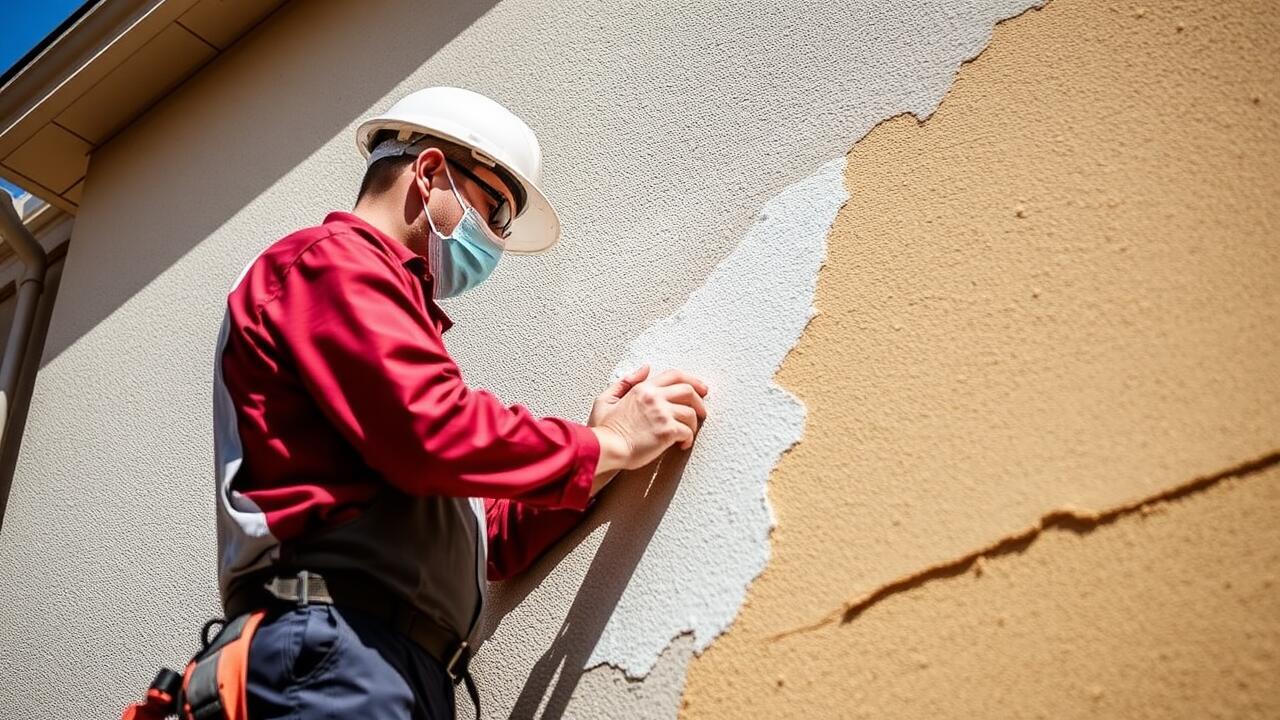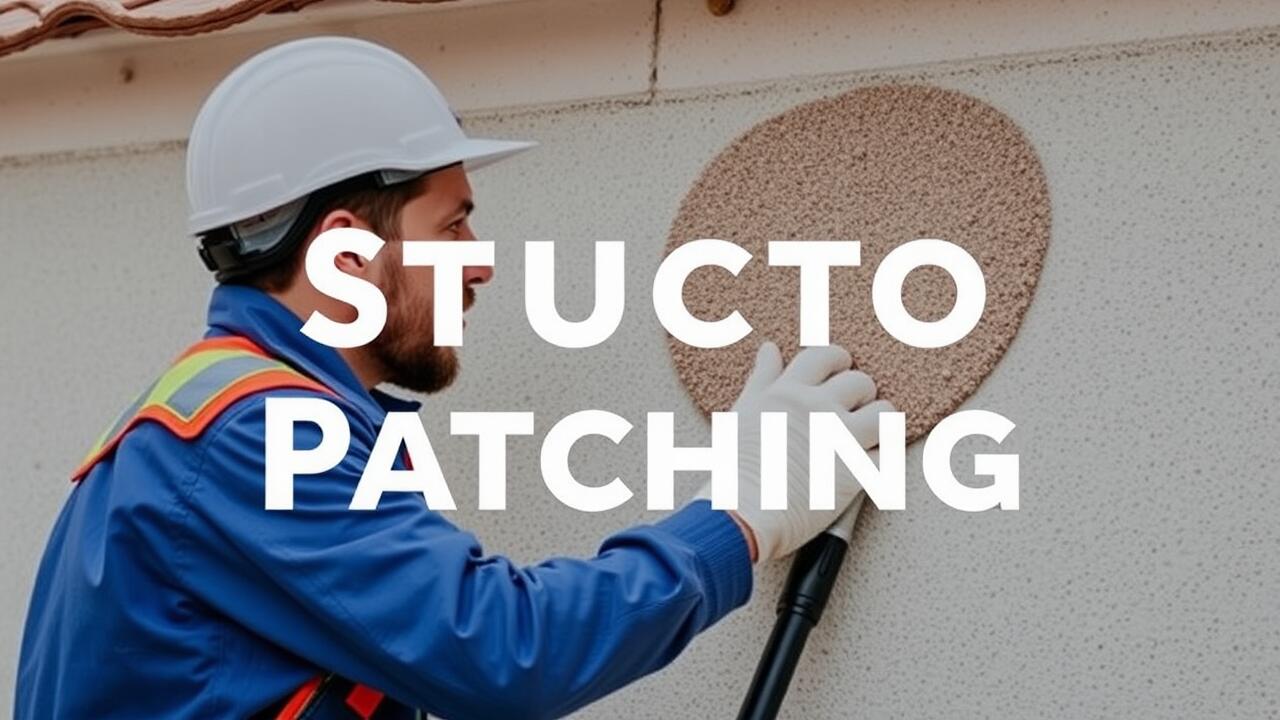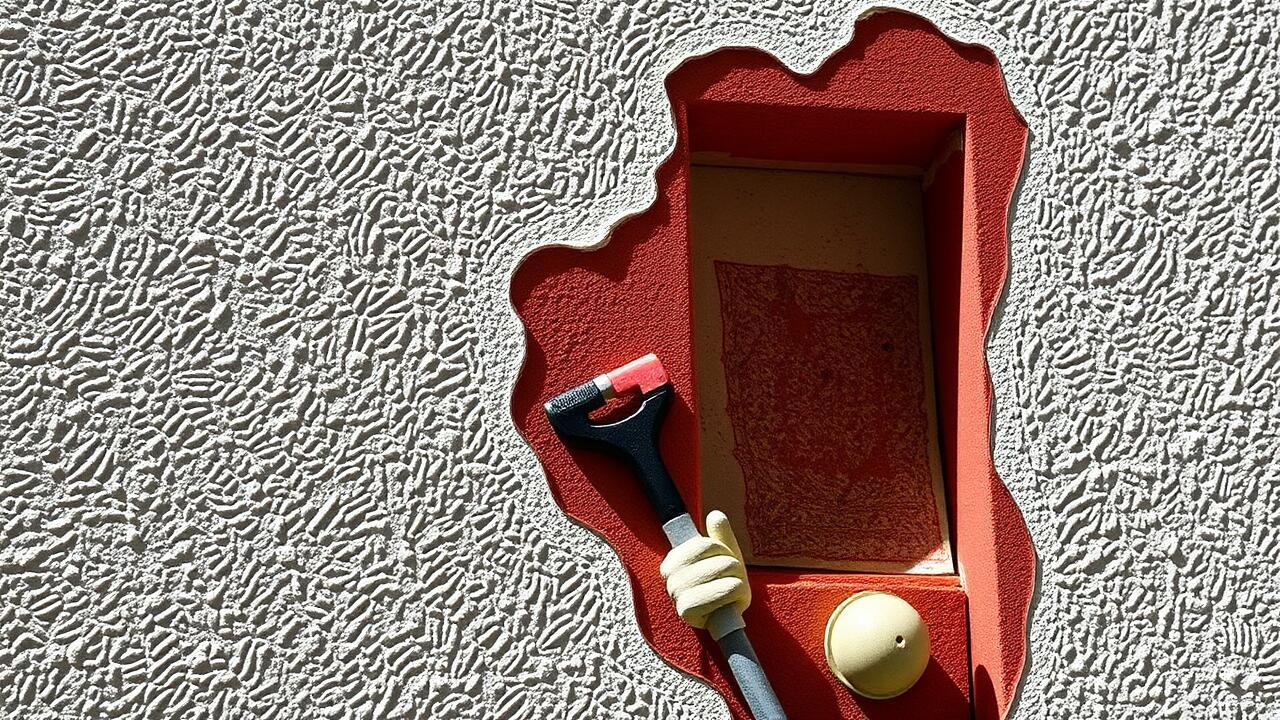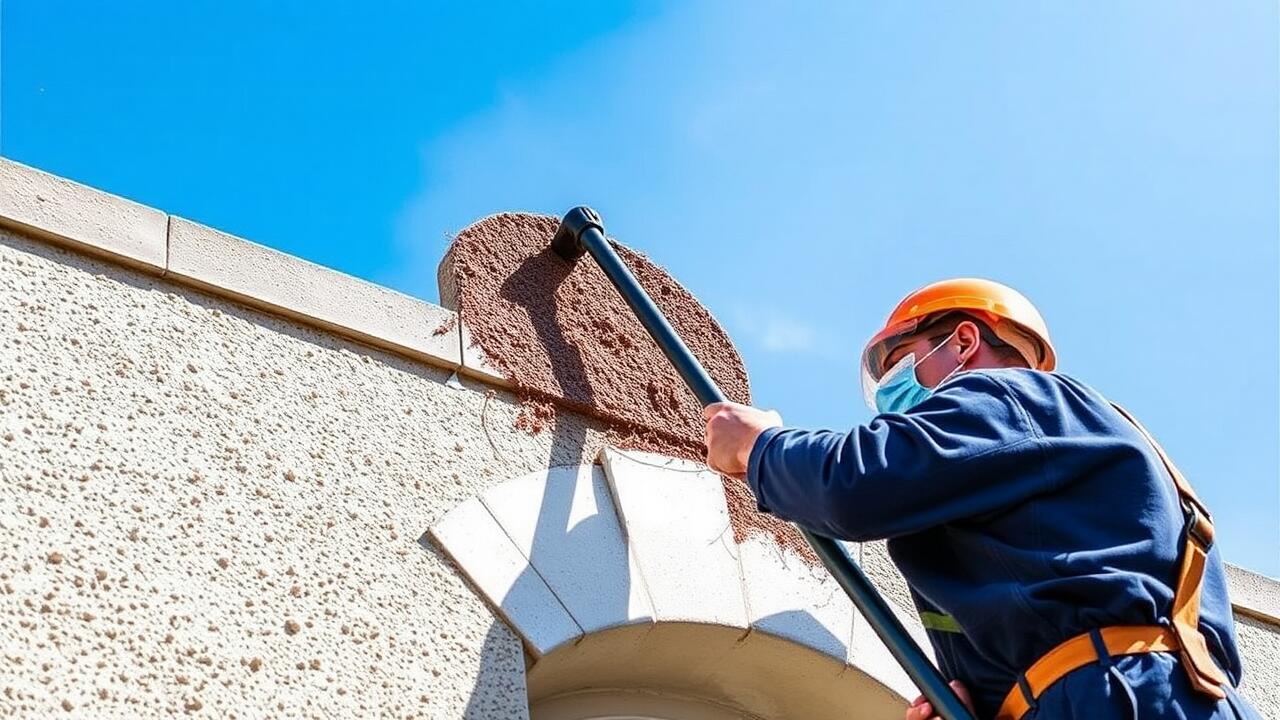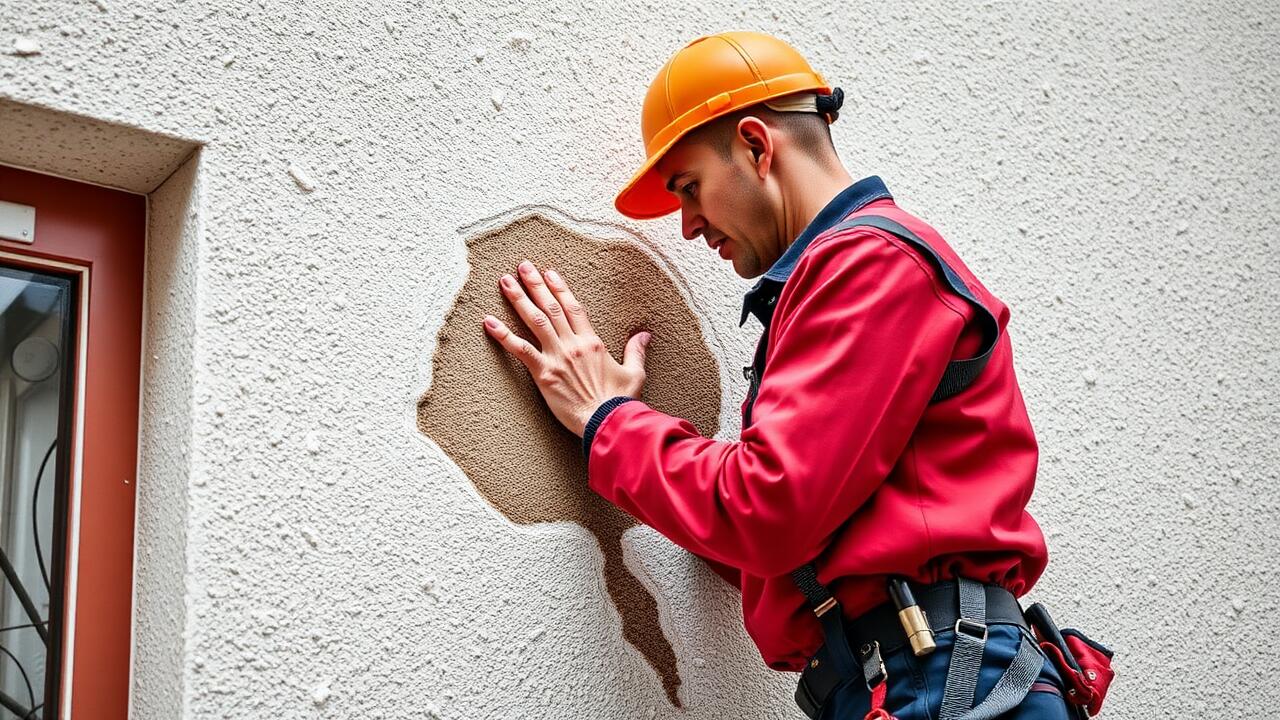
Addressing Large Cracks and Holes
Large cracks and holes in stucco can be concerning but are manageable with the right approach. Begin by cleaning the area thoroughly to remove any loose debris or dust. Use a wire brush and a hose to ensure that the surface is free of contaminants. Assess the damage carefully. If the cracks are wider than a quarter of an inch or holes are substantial, it’s essential to fill these areas properly to prevent future decay.
For effective repairs, consider using a stucco patching compound that suits your application. Apply the patching compound with a putty knife, pressing it firmly into the cracks or holes. For those in need of local expertise, services like Venice, Los Angeles stucco patching can offer professional assistance. Allow the patch to dry according to the manufacturer’s instructions. Ensure that the edges blend smoothly with the surrounding surface for a neat appearance once complete.
Methods for Patch Repair
When addressing a damaged stucco surface, patching is essential to restore both function and appearance. For small cracks, a simple stucco patch mix can be applied using a putty knife. Ensure the surface is clean and dry before application for proper bonding. For larger holes, use a backing material such as wire mesh to provide support. This helps anchor the patching material and prevents future cracking, which is important in areas with varying temperatures.
In Westlake, Los Angeles, stucco patching requires attention to local climate conditions. It’s advisable to closely follow the manufacturer's instructions for mixing and applying the stucco patch to achieve optimal results. After applying the mix, texture it to match the surrounding stucco for a seamless finish. Using a sponge or trowel can help blend the patch with the existing surface. Always allow adequate drying time before moving on to the next steps of the repair process.
Applying New Stucco
Applying new stucco requires careful preparation to ensure durability and a seamless appearance. Start by assessing the repaired areas where patching has already taken place. Make sure the patched spots are clean and dry. Mixing stucco involves combining sand, cement, and water in the correct proportions. A common recipe includes three parts sand to one part cement, with enough water to achieve a workable consistency. It's beneficial to refer to local guidelines or consult with professionals in areas like West Adams, Los Angeles stucco patching, where climate considerations may affect your mixture.
When applying the new stucco, begin with a thin scratch coat to promote adherence to the existing surface. Use a trowel to spread the mixture evenly, ensuring it fills all gaps and matches the surrounding texture. After the scratch coat sets for a few days, follow with a brown coat to add thickness. Keep the stucco moist during this curing process to avoid cracking. Finally, the application of a finish coat can provide the desired texture and color, making your repairs indistinguishable and enhancing the overall look of your home's exterior.
Mixing and Applying Stucco Properly
Mixing stucco requires attention to detail for proper consistency and adhesion. Begin by gathering your materials, including portland cement, sand, and water. The standard mix ratio typically involves one part cement to three parts sand. Gradually add water while mixing to achieve a workable paste that holds its shape but is pliable enough for application. Avoid adding too much water, as this can weaken the final product and lead to issues down the line.
When applying the stucco, start from the top and work your way down to ensure even coverage. Use a trowel to spread the mixture onto the surface, pressing firmly to help it adhere properly. In the Koreatown, Los Angeles stucco patching process, it is essential to match the texture of the existing stucco to maintain a uniform appearance. After applying, smooth the surface with a trowel and allow it to set slightly before finishing with a specific technique to achieve the desired aesthetic.
Finishing Touches
After applying the new stucco, the finishing touches are crucial for achieving a professional look. Consider using tools such as trowels or brushes to texture the surface as desired. The technique you choose can greatly impact the overall appearance. Taking the time to blend the new stucco with existing surfaces ensures a cohesive look and can help prevent visible patches that draw attention.
In Koreatown, Los Angeles, stucco patching projects often benefit from careful attention during the finishing phase. To ensure the best results, assess the moisture levels and temperature before proceeding. Proper curing can enhance durability and maintain the integrity of the patchwork. Regular checks and minor adjustments in texture can contribute to a seamless repair, making it nearly indistinguishable from the original finish.
Techniques for a Smooth Finish
Achieving a smooth finish on stucco requires attention to detail and the right techniques. After applying the final coat, use a stucco trowel to spread the material evenly across the surface. Consistent pressure and motion will help eliminate any ridges or bumps, promoting a flatter appearance. For those working on projects like Sherman Oaks, Los Angeles stucco patching, taking the time to blend the fresh stucco with the existing texture will enhance the overall look.
Once the initial smoothing is complete, consider using a sponge or float to further refine the texture. This method can soften any rough edges, giving the stucco a professional appearance. Lightly dampening the sponge or float can be useful for achieving an even smoother finish without disturbing the underlying material. Taking these steps helps ensure that repaired areas seamlessly integrate with the rest of the wall, providing an attractive surface that stands up to the elements.
FAQS
What are the first steps in repairing large cracks and holes in stucco?
Begin by cleaning the area around the crack or hole, removing any loose material or debris. Then, use a chisel to widen the crack slightly and ensure a good bond with the patching material.
How do I choose the right patch repair method for my stucco?
The right patch repair method depends on the size of the damage. For small cracks, a simple caulk or stucco patch may suffice, while larger holes may require a mesh backing and a more extensive patching technique.
What is the proper way to mix stucco for application?
To mix stucco properly, combine dry ingredients in a clean container, following the manufacturer’s instructions for the correct water-to-dry mix ratio. Use a drill with a paddle attachment or a mixing hoe to achieve a consistent, lump-free mixture.
How long should I wait before applying a second coat of stucco?
It’s best to wait at least 24 to 48 hours before applying a second coat of stucco, allowing the first coat to cure properly. However, environmental conditions may affect drying time, so check for a firm surface before proceeding.
What techniques can I use to achieve a smooth finish on my repaired stucco?
To achieve a smooth finish, use a trowel to spread the final coat of stucco evenly and lightly. You can also dampen the surface with water before finishing for improved smoothness, and use a sponge or float to refine the finish further.
